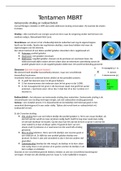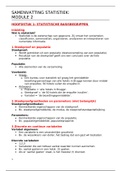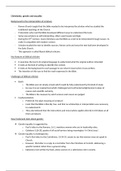Samenvatting
Summary Kepler' s law of planetary system
- Vak
- Instelling
Motion is always relative. Based on the energy of the particle under motion, motions are classified into two types: Bounded Motion Unbounded Motion In bounded motion, the particle has negative total energy (E < 0) and has two or more extreme points where the total energy is always equal to ...
[Meer zien]












